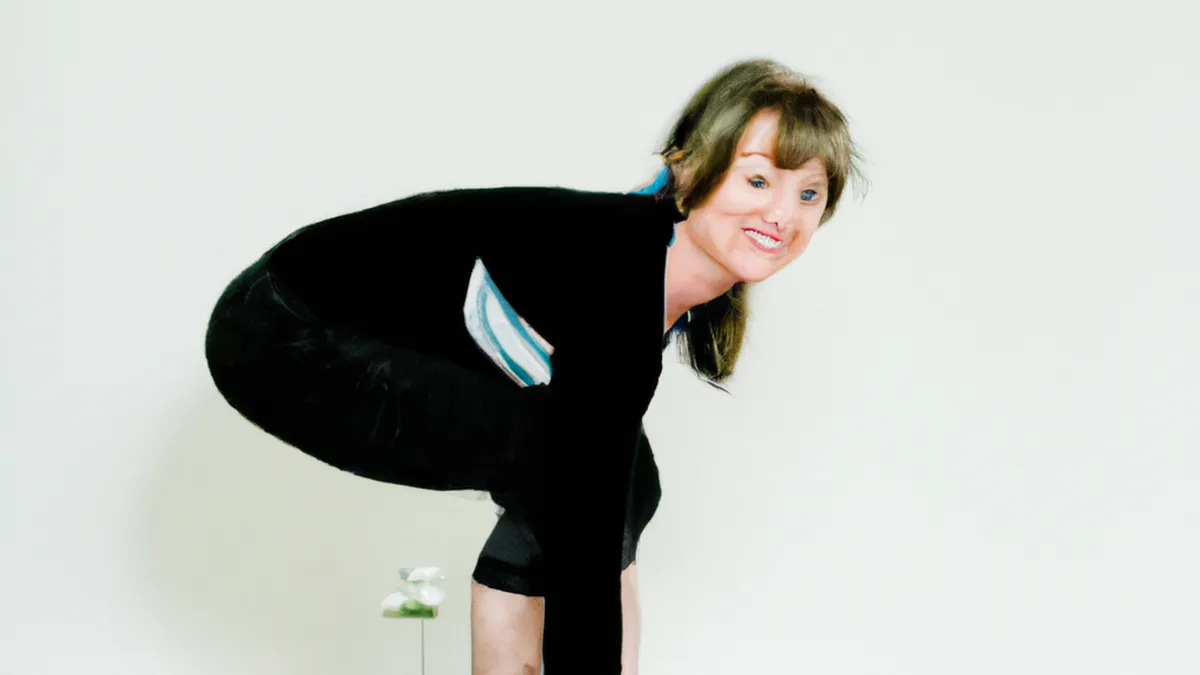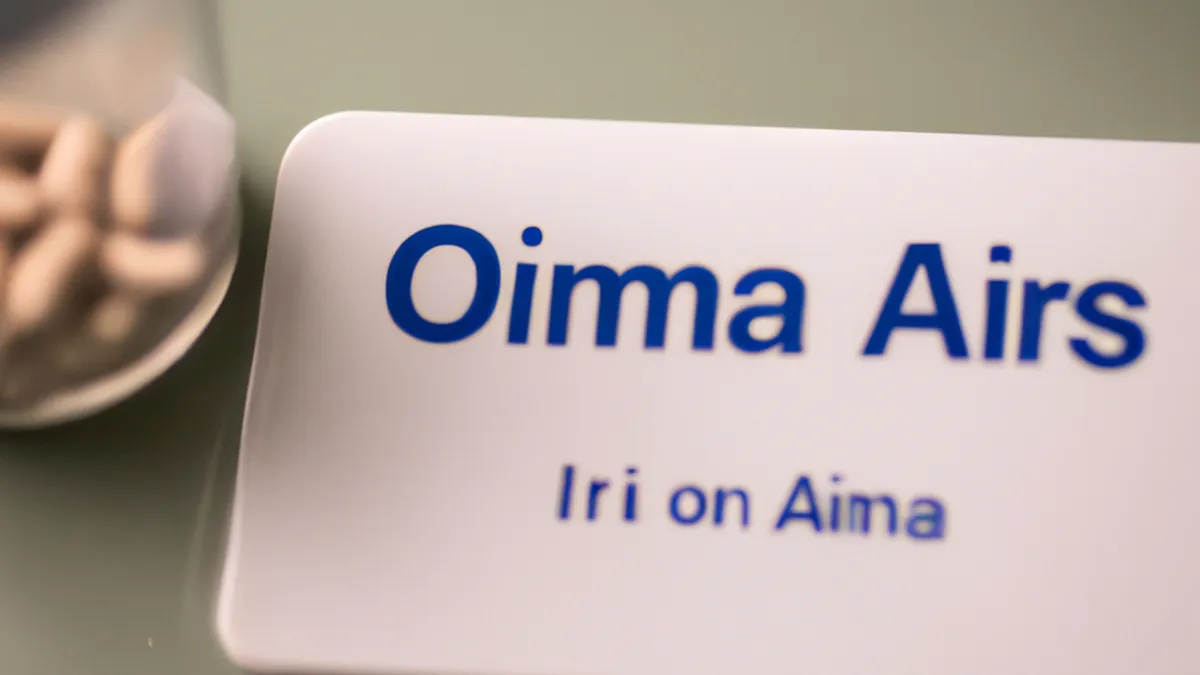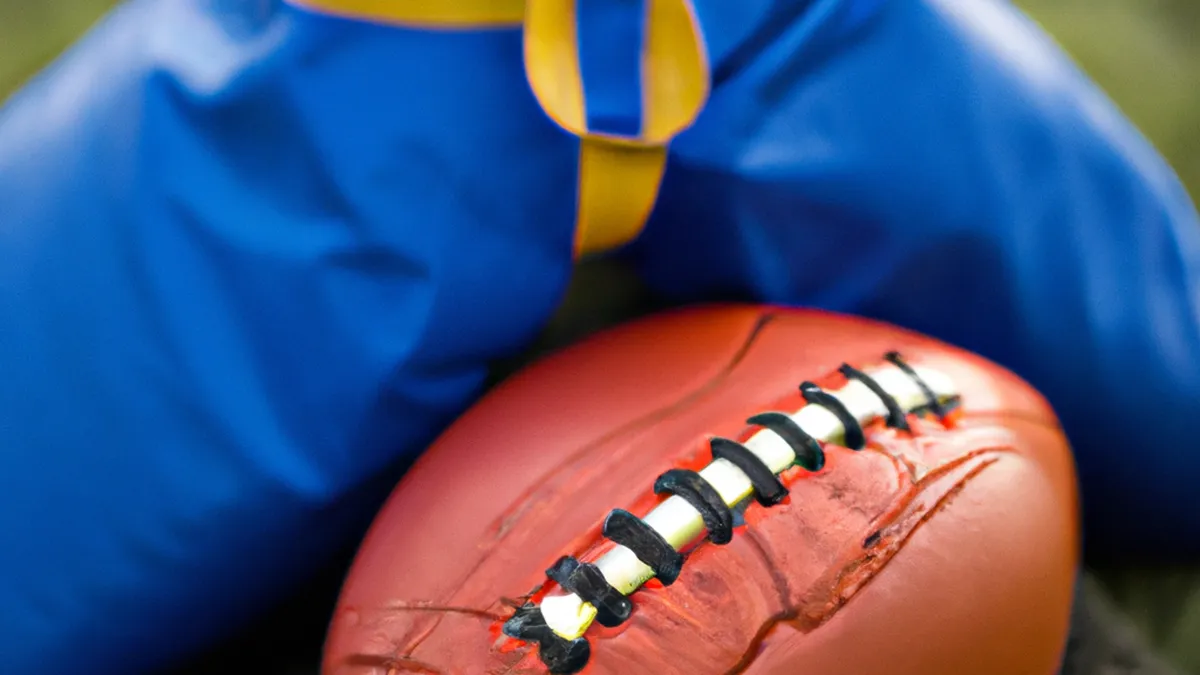10 Milestones for Calisthenics Success
Setting Realistic Goals in Your Calisthenics JourneyCalisthenics builds strength, flexibility, and endurance. Starting your journey can feel overwhelming. You may dream of advanced moves like the muscle-up or handstand push-up. Before diving in, set realistic goals. This approach keeps you motivated and allows for effective progress tracking. In this blog post, we’ll explore tips for achievable goals and maintaining focus.
As an Amazon Associate I earn from qualifying purchases.
Gear tip: consider mobility sliders, foam yoga wedge, and kettlebell to support this topic.
Understanding Your Starting Point
Assess your current fitness level before setting goals. Evaluate your strengths and weaknesses. For example, can you do a perfect push-up? Understanding your starting point helps create a roadmap for progress.
Self-Assessment Techniques
Begin with a fitness test. Measure how many push-ups, pull-ups, or squats you can do in one minute. Record your flexibility through stretches. Document these numbers for future comparison. This self-assessment establishes a baseline for your goals.
Set Short-Term and Long-Term Goals
Divide your goals into short-term and long-term categories. Short-term goals can be achievable in weeks or months. For instance, aim to master the basic push-up first. Long-term goals may span months or years. For example, aim to perform a full planche by year’s end. This division allows you to focus on immediate progress while keeping the bigger picture in mind.
Creating SMART Goals
Use the SMART criteria for effective goal-setting. SMART stands for Specific, Measurable, Achievable, Relevant, and Time-bound. This structure ensures clarity and attainability in your goals.
Specific Goals
Make your goals clear and straightforward. Instead of saying, “I want to get stronger,” state, “I want to do five pull-ups.” Specificity removes ambiguity and provides a clear target.
Measurable Goals
Track your progress effectively. If your goal is to increase your push-up count, set a measurable number. For example, “I will increase my push-up count from ten to fifteen in four weeks.”
Achievable Goals
While dreaming big is great, ensure your goals are attainable. Unrealistic goals can lead to disappointment. If you can do one pull-up, aiming for ten in a week might not be practical. Instead, aim for two in the next month.
Relevant Goals
Align your goals with your overall fitness aspirations. If you focus on upper body strength, prioritize exercises that support this objective.
Time-bound Goals
Set deadlines for your goals. A time frame creates urgency and encourages accountability. For example, aim to achieve five pull-ups in six weeks.
Staying Motivated and Adjusting Goals
Staying motivated is essential in your fitness journey. You may feel discouraged without immediate results. Remember, consistency is key. Adjust your goals as you progress. If you hit a plateau, reassess your targets. You may need to shift focus or give yourself more time.
Celebrate Small Wins
Celebrate your small achievements. Whether mastering a new exercise or reaching specific rep counts, acknowledging milestones keeps your spirits high. Use social media or a workout journal to track progress. Sharing your journey can also motivate you.
Seek Support
Join a calisthenics community, online or in-person. Engaging with others who share your interests provides encouragement. They can offer tips based on their experiences. Surrounding yourself with supportive individuals enhances your commitment.
Benefits of Setting Realistic Goals
Setting realistic goals offers numerous benefits. First, it keeps you focused on your path. Clear targets make it easier to remain committed. Second, realistic goals reduce injury risk. Gradually increasing intensity allows your body to adapt safely. Third, accomplishing small goals boosts confidence. Each success reinforces your belief in your abilities.Moreover, realistic goals promote a sense of accomplishment. This feeling encourages you to keep pushing forward. Achieving short-term goals builds momentum toward long-term aspirations.
Conclusion
Setting realistic goals is key to a successful calisthenics journey. Understand your starting point, create SMART goals, and stay motivated to achieve your fitness aspirations. Celebrate progress and seek support along the way. With dedication and a clear plan, navigate your calisthenics journey effectively. Take that first step today and set your goals!
Below are related products based on this post:
FAQ
What is calisthenics?
Calisthenics is a form of exercise that builds strength, flexibility, and endurance through bodyweight movements. It involves using your own body weight as resistance, making it accessible and versatile for various fitness levels.
How do I assess my starting point in calisthenics?
To assess your starting point, perform a fitness test that measures how many push-ups, pull-ups, or squats you can do in one minute. Additionally, evaluate your flexibility through various stretches and document these results for future comparison.
What are SMART goals in the context of calisthenics?
SMART goals are Specific, Measurable, Achievable, Relevant, and Time-bound objectives that help ensure clarity and attainability in your fitness journey. This framework allows you to set clear targets and track your progress effectively.















Post Comment